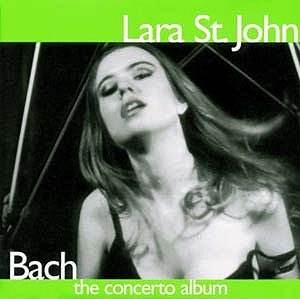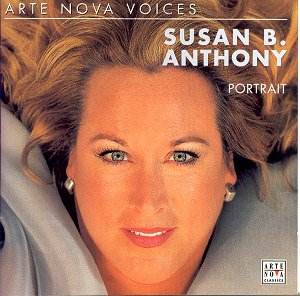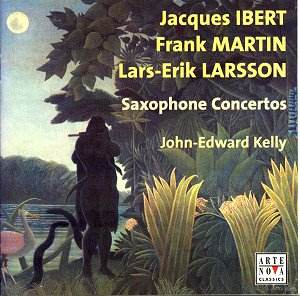 Composer: Johann Sebastian Bach
Composer: Johann Sebastian Bach
Works: Concerto No. 1 in A minor, BWV 1041; Concerto No. 2 in E major, BWV 1042; Double Concerto in D minor, BWV 1043; Sonata No. 1 in G minor for Violin Solo, BWV 1001
Performers: Lara St. John, violin; New York Bach Ensemble
Recording: September 2000, New York Academy of Arts and Letters; February 2001, Skywalker Sound Scoring Stage, Marin County, California
Label: AVIE
Bach’s concertos for violin represent a confluence of emotional depth and technical sophistication, a hallmark of the Baroque style, where the soloist’s voice emerges against a backdrop of intricate orchestral textures. Lara St. John’s recording of these seminal works, alongside the Sonata No. 1 for solo violin, offers a contemporary interpretation that both honors the historical context of Bach’s compositions and infuses them with a fresh perspective. These concertos, composed in the early 18th century, are not merely showcases for virtuosity; they demand an emotional engagement with the listener, drawing from the sacred and secular realms that Bach navigated with such expertise.
St. John’s performance displays remarkable technical prowess, particularly in the rapid passages of the Allegro movements. Her articulation in the Concerto No. 1 in A minor, especially during the opening Allegro, is crisp and precise, allowing each note to resonate clearly, enhancing the dialogue between soloist and orchestra. The Andante presents a contrasting lyrical quality, where St. John’s bowing technique shines, producing a warm, singing tone that conveys the contemplative nature of the movement. The agility she demonstrates in the energetic Allegro of the second concerto (BWV 1042) effectively captures the essence of Bach’s exuberance, while her phrasing remains sensitive to the underlying harmonic progressions.
The collaboration with the New York Bach Ensemble is noteworthy, as their accompaniment provides a balanced yet supportive foundation without overshadowing the soloist. The orchestra’s playing is characterized by a transparency that allows St. John’s interpretations to flourish. Particularly in the Double Concerto in D minor, where she shares the spotlight with Scott St. John, the interplay between the two violins creates a vibrant tapestry of sound. Their dialogue in the Vivace is buoyant, yet it is the Largo ma non tanto that reveals a deeper emotional connection, where the interplay becomes a poignant conversation, each violinist responding to the other’s voice with a profound sense of intimacy.
In the Sonata No. 1 in G minor, St. John’s interpretation reaches a peak. The fugue, with its complex interweaving of voices, showcases her nuanced understanding of counterpoint. Here, her control over dynamics and pacing lends a sense of drama and tension that is often missing in other recordings. This is where her artistry transcends mere technical execution, as she navigates the intricacies of Bach’s writing with both confidence and sensitivity. However, there are moments where her virtuosic tendencies occasionally overshadow the emotional narrative, leading to a performance that, at times, feels more like a display of technical skill than a fully realized musical statement.
The recording quality is commendable, showcasing the richness of St. John’s Guadagnini violin. The engineering captures the warmth and depth of sound, allowing each nuance to emerge clearly in the mix. The spatial dynamics between the soloist and the ensemble are well-balanced, ensuring that the listener can fully appreciate the interplay of lines and textures without distortion or muddiness.
Lara St. John’s “Concerto Album” is a significant contribution to the discography of Bach’s violin works, offering an engaging and technically adept interpretation. While her image as a performer has drawn attention, it is her musicality that ultimately defines this recording. With a few moments of over-emphasis on virtuosity, the album nonetheless serves as a compelling benchmark for future interpretations, promising an evolving journey for St. John as she continues to carve her niche in the classical music landscape.



